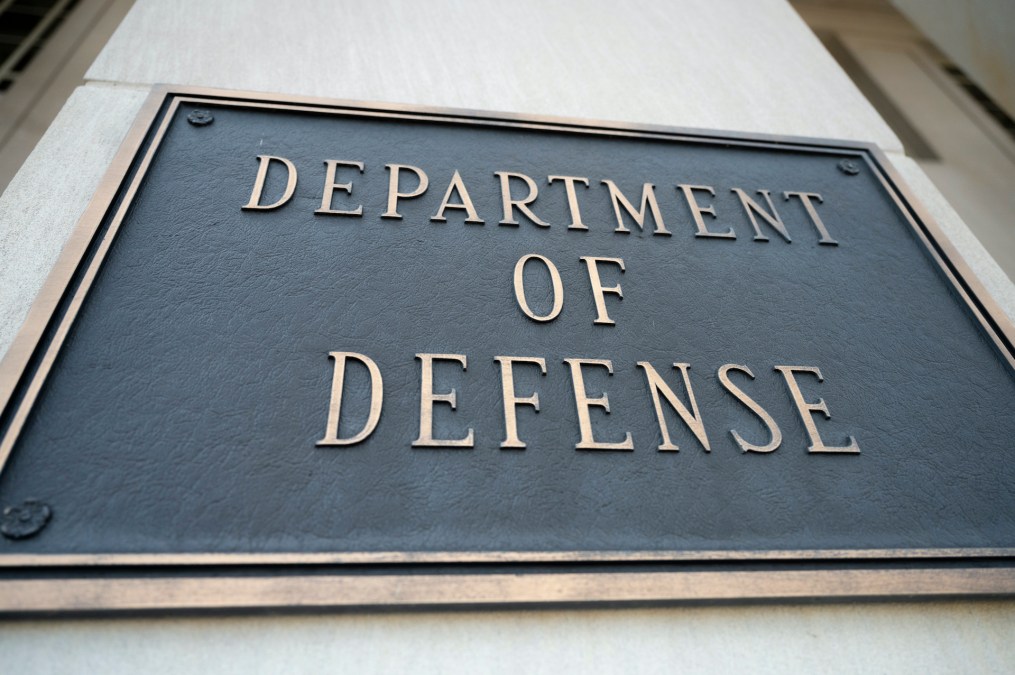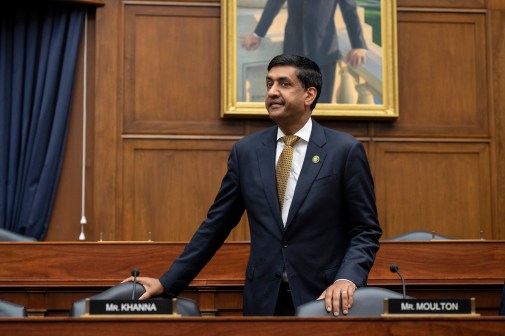An end of the Pentagon CIO? Senate NDAA would split the position

If the Senate has its way, there may no longer be a traditional chief information officer position in the Pentagon.
The Senate version of the $700 billion defense policy bill for fiscal 2018, which the chamber’s Armed Services Committee approved this week, would split the Defense Department CIO responsibilities among an elevated chief management officer role and a new chief information warfare officer position.
The CMO role — which would become the third most powerful in the Pentagon — would focus on “the business operations of the Department,” but will also “assume some of the traditional Chief Information Officer functions related to business information technology systems,” according to an executive summary of the Senate committee’s version of the National Defense Authorization Act for 2018.
Currently, the Pentagon has a deputy CMO role, fulfilled by David Tillotson, that reports to the deputy secretary of Defense. The 2017 NDAA, signed into law in December 2016, created a CMO position that will go into effect Feb. 1, 2018, that will be charged with establishing policy on and supervising many issues around business planning and management, including “business information technology management.”
The new, more senior role proposed in the Senate bill would have the “explicit authority to direct the secretaries of the military departments and the heads of other defense organizations with regard to business operations and Department-wide shared services.”
The chief information warfare officer, then, would take over the remainder of the traditional Pentagon CIO’s portfolio as it relates to things like information dominance and cyberwarfare. The presidentially appointed and Senate-confirmed position would report directly to the DOD secretary and “assume responsibility for all matters relating to the information environment of the DOD, including cybersecurity and cyberwarfare, space and space launch systems, electronic warfare, and the electromagnetic spectrum.”
This change helps address “the lack of an effective strategy and policy for the information domain, including cyber, space, and electronic warfare,” the summary says.
“Basically, it’s a recognition that at the Pentagon, you’ve currently got a CIO who’s doing a traditional CIO role, just like you’d see at another department or agency, but then because of the unique nature of the Pentagon, information also has applicability in terms of information warfare,” a committee aide told FedScoop. “Those are two very, very different jobs, especially with the rising importance of the information domain, with regard to cyber.”
“Those policies and strategies are deserving of their own official at the Pentagon,” the aide said.
It will be up to the Defense Department, if the changes make the final law, to implement the personnel changes and decide whether whoever is the Pentagon CIO at that time — currently John Zangardi is acting in that position — will assume one the two new roles. The bill has no specific requirements, the aide said.
“By continuing important efforts to reorganize the Department of Defense, spur innovation in defense technology, and improve defense acquisition and business operations, the NDAA seeks to strengthen accountability and streamline the process of getting our warfighters the equipment, training, and resources they need to succeed,” Senate committee Chairman John McCain, R-Ariz., said in a statement.
The Senate’s 2018 NDAA also calls for the ban of products in the Pentagon made by Kasperky, the Moscow-based cybersecurity company accused by U.S. officials of possibly being under Kremlin influence.






